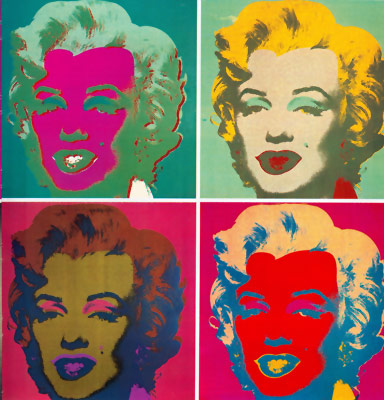Session 1: Consumer based computer applications are no longer limited to out-of-the-box proprietary products from developers like Microsoft and Adobe. The contemporary software environment includes a vast landscape of Open Source applications like Mozilla Firefox and Open Office as well as web based applications like Flickr and Google Docs. For the first few exercises in this class we will be utilizing Gmail and Google Docs to demonstrate how typical computing tasks can be solved via free to use web applications.
Sharing Part 1 – Email and Contacts (5 points)
Setup a Gmail account and add the email address jck362@gmail.com to your contacts. Send an email to jck362@gmail.com so I can add you as a contact as well. Add two or three other contacts as well. Use the OLS preferences page (http://stu.aii.edu) to forward your OLS emails to your Gmail account. Choose one of the available themes for your Gmail account. Create one or more labels and filter specific messages into your filter.
Sharing Part 2 – Text Documents (10 points)
Using Google Docs create a document that contains definitions for all of the computer terms in the assignment sheet. Use a search engine like Wikipedia, Google, or Yahoo to find short and concise definitions. Paste the definitions into your document. Once it is complete. Share the document with me (jck362@gmail.com) using the sharing option in Google Docs.
For complete instructions download the following word document:
GD1400 Sharing Exercise (15 points)
Session 2: Spreadsheet applications have been available since the dawn of the personal computer. VisiCalc (the Apple IIs killer app) is considered the first example of commercially available spreadsheet software for personal computers. Spreadsheets may contain rows and columns of data, or lists of contact information. It might include formulas to make calculations such as averages, or sums. They are often used for financial information because one change in the document can automatically trigger a recalculation of all the formulas with it. Other uses include grading students, compiling survey figures, sales data, invoices, budget plans, and expense reports. A recent development is the emergence of web-based spreadsheets, which allow for strong multi-user collaboration features.
For complete instructions download the following word document:
GD1400 Spreadsheet Exercise (15 points)
 This course is designed to introduce students to the world of computers through lecture and laboratory sessions. Lectures will introduce the conceptual framework of computer systems and how they work, as well as implications of computer technology in our contemporary environment. The laboratory sessions will provide hand skills on a specific computer system and will teach functions within a computer environment to complete projects.
This course is designed to introduce students to the world of computers through lecture and laboratory sessions. Lectures will introduce the conceptual framework of computer systems and how they work, as well as implications of computer technology in our contemporary environment. The laboratory sessions will provide hand skills on a specific computer system and will teach functions within a computer environment to complete projects.